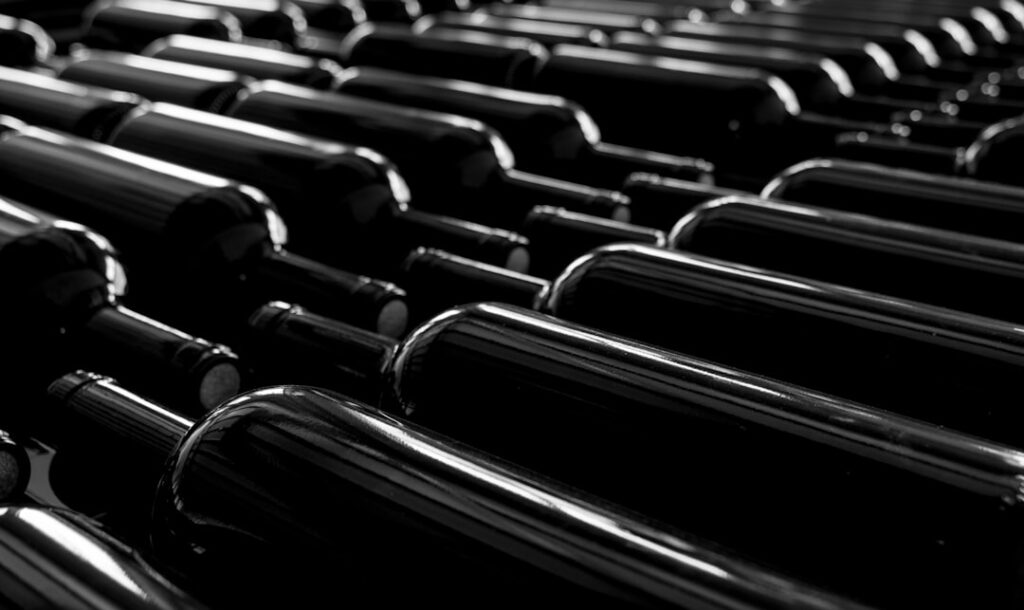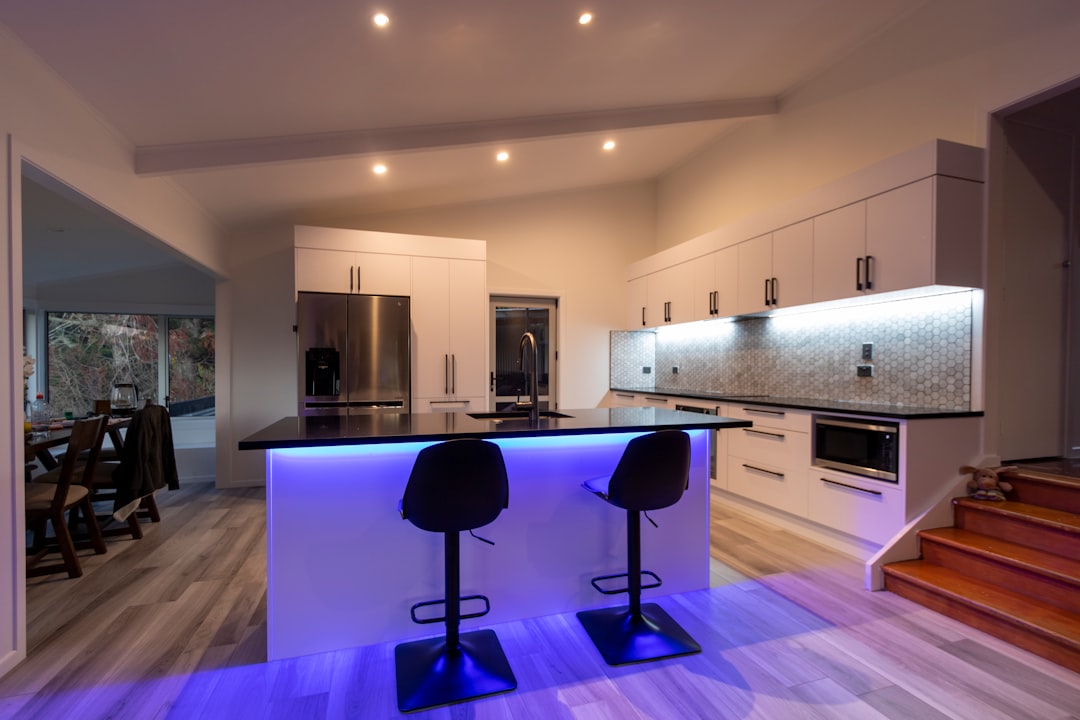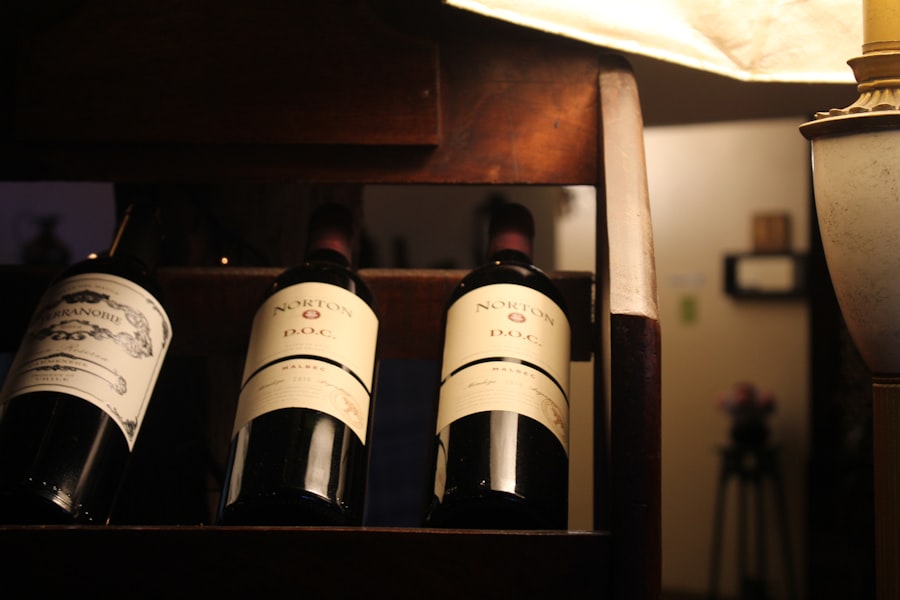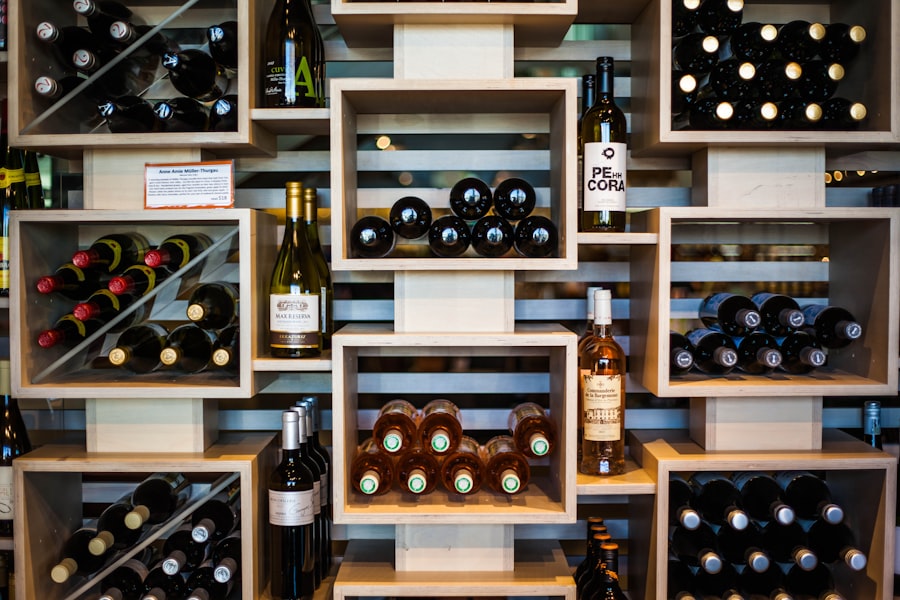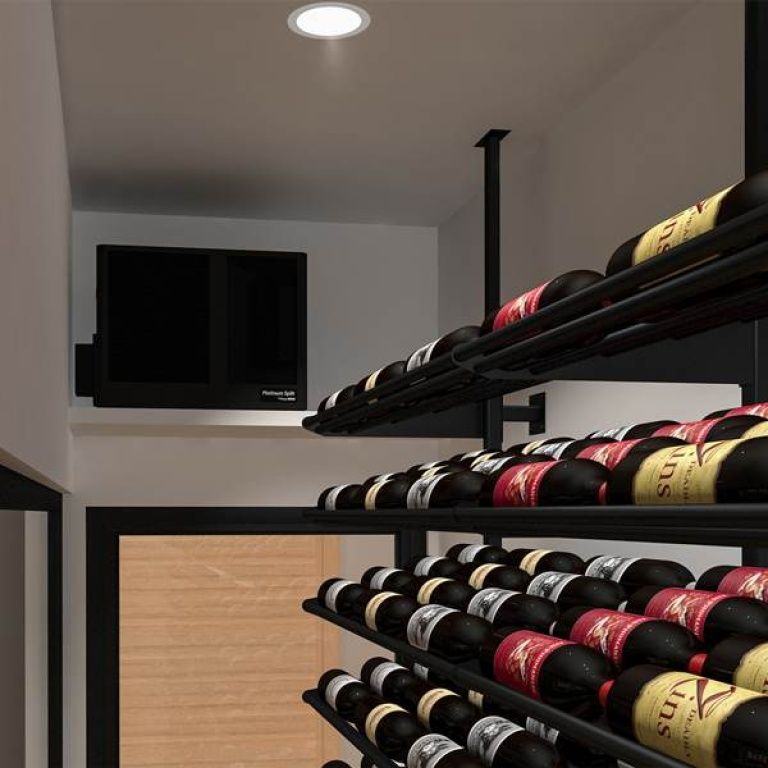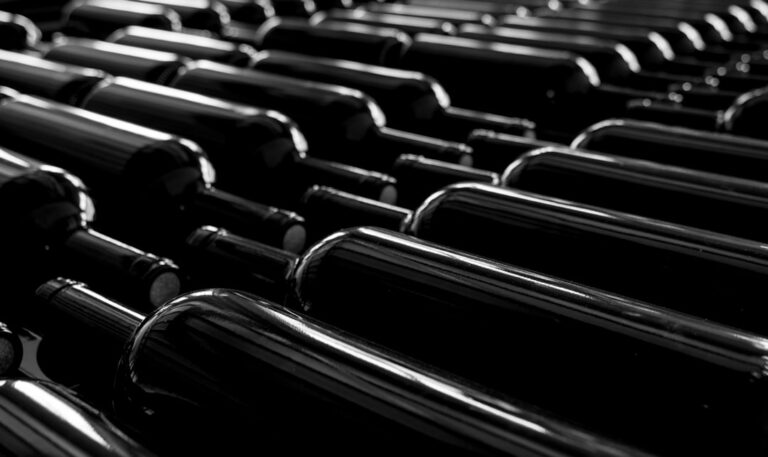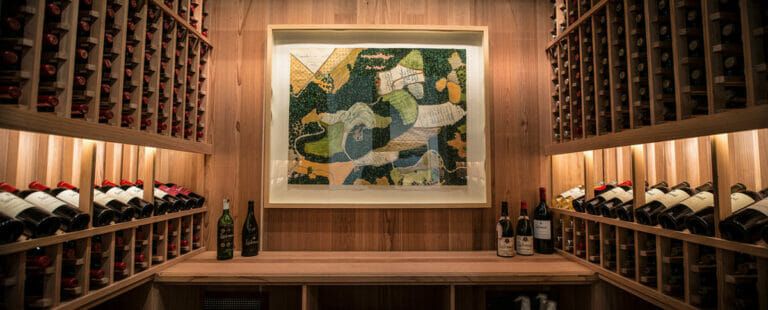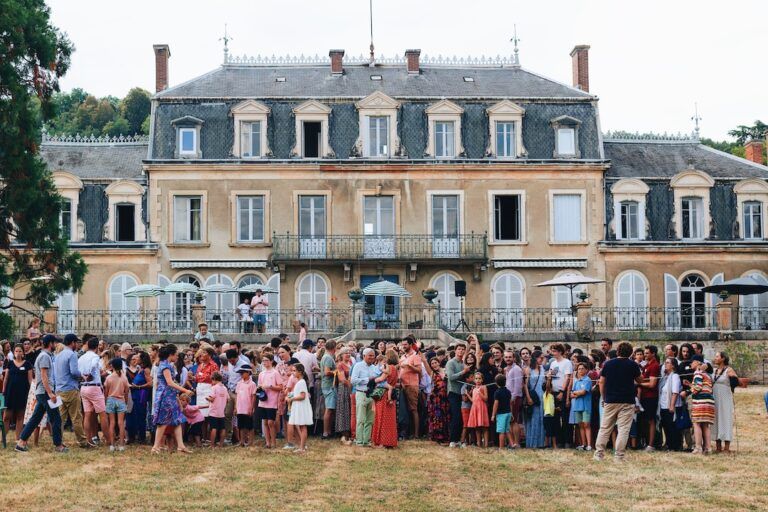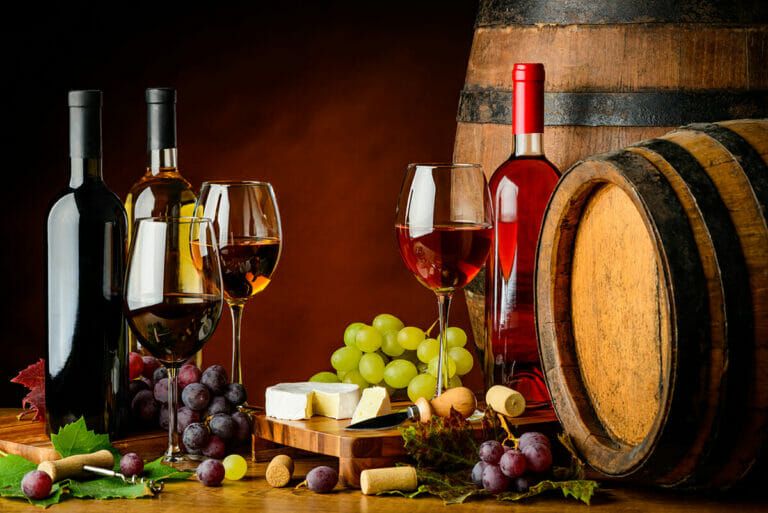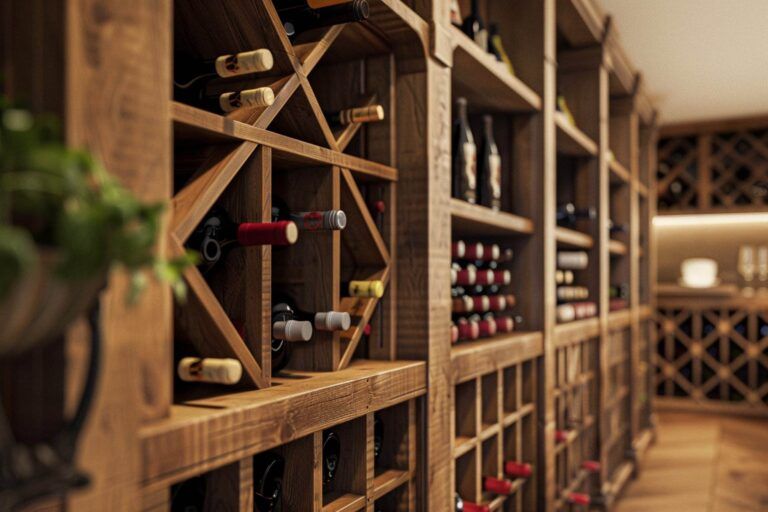High‑intensity display lighting that won’t cook your wine
Proper lighting is a critical aspect of wine storage that is often overlooked. While many wine enthusiasts focus on temperature, humidity, and bottle orientation, the type and intensity of lighting can significantly impact the quality and longevity of wine. Wine is a delicate product that can be adversely affected by exposure to light, particularly ultraviolet (UV) rays.
These rays can lead to premature aging and spoilage, altering the wine’s flavor profile and aroma. Therefore, understanding the importance of proper lighting is essential for anyone looking to preserve their collection. In addition to protecting the wine from harmful UV rays, proper lighting can enhance the aesthetic appeal of a wine cellar or storage area.
A well-lit space not only showcases the collection but also creates an inviting atmosphere for entertaining guests or simply enjoying a glass of wine. The right lighting can highlight the unique characteristics of each bottle, making it easier to appreciate the artistry involved in winemaking. Thus, achieving a balance between functionality and aesthetics is crucial for any wine storage solution.
Key Takeaways
- Proper lighting is crucial for wine storage as it can affect the aging and preservation of wine.
- High-intensity display lighting can have negative effects on wine, such as increased temperature and UV exposure.
- Look for high-intensity display lighting options with UV filters and low heat emission to protect your wine collection.
- When selecting lighting for wine storage, consider LED options and fixtures with dimming capabilities to control intensity.
- Proper installation and positioning of high-intensity display lighting is essential to minimize direct exposure to wine bottles.
Understanding the Effects of High-Intensity Display Lighting on Wine
High-intensity display lighting, while visually striking, can have detrimental effects on wine. This type of lighting often emits a significant amount of heat and UV radiation, both of which can accelerate the aging process of wine. When wine is exposed to high-intensity light for extended periods, it can lead to chemical reactions that degrade its quality.
The delicate compounds that contribute to a wine’s flavor and aroma can break down, resulting in a less enjoyable drinking experience. Moreover, high-intensity lighting can create an environment that is not conducive to proper wine storage. The heat generated by such lighting can raise the temperature within the storage area, which is detrimental to wine preservation.
Ideally, wine should be stored in a cool, dark place where temperature fluctuations are minimal. Therefore, understanding the effects of high-intensity display lighting is essential for anyone serious about maintaining their wine collection.
Finding High-Intensity Display Lighting Options that Won’t Harm Your Wine
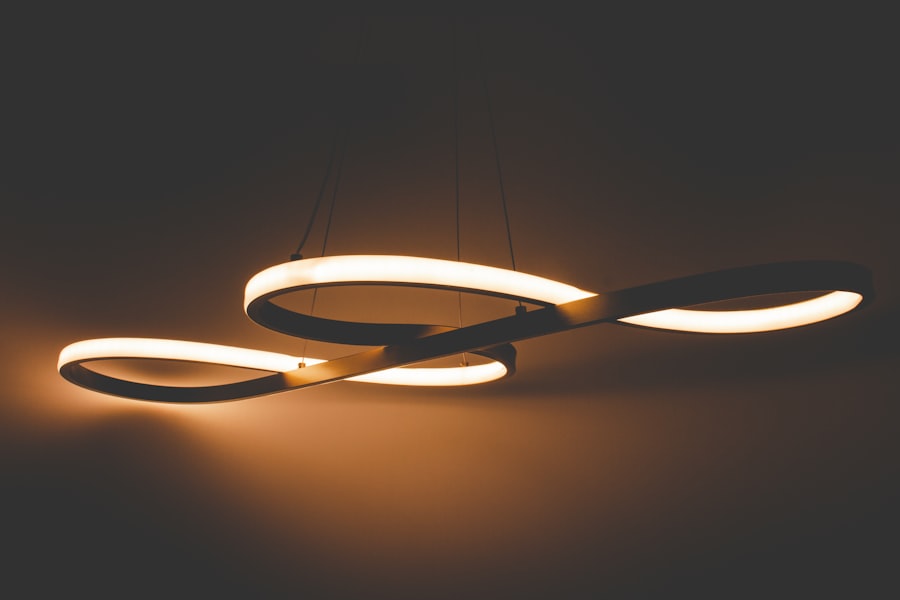
While high-intensity display lighting poses risks to wine quality, there are options available that minimize these dangers. LED lights are an excellent alternative as they emit very little heat and do not produce UV radiation. This makes them a safe choice for illuminating a wine storage area without compromising the integrity of the bottles.
Additionally, LED lights are energy-efficient and have a long lifespan, making them a cost-effective solution for wine enthusiasts. When selecting high-intensity display lighting, it is crucial to look for fixtures specifically designed for use in wine storage environments. These fixtures often incorporate features such as dimming capabilities and adjustable color temperatures, allowing you to customize the lighting to suit your needs.
By choosing the right type of high-intensity display lighting, you can create an attractive showcase for your wine collection while ensuring that the quality of your wines remains intact.
Tips for Selecting the Right Lighting for Wine Storage
Selecting the right lighting for your wine storage area involves several considerations. First and foremost, prioritize energy-efficient options that minimize heat output and UV exposure. As mentioned earlier, LED lights are an excellent choice due to their low heat emission and lack of UV radiation.
Additionally, consider using fixtures with adjustable brightness levels so you can tailor the intensity of the light based on your preferences and the specific needs of your collection. Another important factor to consider is the color temperature of the lighting. Warmer color temperatures (around 2700K to 3000K) tend to create a more inviting atmosphere while being less harsh on the eyes.
This type of lighting can also enhance the visual appeal of your wine bottles without compromising their quality. Furthermore, think about how you want to position your lights; strategically placing them to highlight specific areas or bottles can create a stunning visual effect while ensuring that no single bottle is subjected to excessive light exposure.
How to Install and Position High-Intensity Display Lighting in Your Wine Storage Area
Installing and positioning high-intensity display lighting in your wine storage area requires careful planning and execution. Start by assessing the layout of your space and identifying key areas you want to illuminate. Consider using track lighting or recessed fixtures that allow for flexibility in positioning and directionality.
This way, you can easily adjust the focus of the light as needed. When installing the lights, ensure they are placed at a safe distance from the wine bottles to prevent any heat damage. A good rule of thumb is to keep lights at least 12 inches away from the bottles.
Additionally, consider using dimmer switches to control the intensity of the light based on your needs or preferences at different times. This not only helps protect your wine but also allows you to create different moods within your storage area.
Maintaining the Ideal Lighting Conditions for Wine Storage
Maintaining ideal lighting conditions in your wine storage area is an ongoing process that requires regular monitoring and adjustments. Start by establishing a routine check-up schedule to assess both the functionality of your lighting fixtures and their impact on your wine collection. Look for any signs of wear or malfunction in your lights, as well as any changes in temperature or humidity levels within the storage area.
Additionally, be mindful of seasonal changes that may affect your lighting conditions. For instance, during summer months when natural light may be more abundant, consider adjusting your artificial lighting accordingly to maintain a consistent environment for your wines. Regularly reviewing and adjusting your lighting setup will help ensure that your wines remain in optimal condition over time.
Alternatives to High-Intensity Display Lighting for Showcasing Your Wine Collection
If you’re concerned about the potential risks associated with high-intensity display lighting but still want to showcase your wine collection effectively, there are several alternatives available. One option is using low-intensity ambient lighting combined with accent lights that focus on specific bottles without overwhelming them with brightness. This approach allows you to create an inviting atmosphere while minimizing exposure to harmful light.
Another alternative is utilizing natural materials such as wood or fabric to diffuse light within your storage area. These materials can help soften harsh lighting effects while providing a warm glow that enhances the overall aesthetic appeal of your collection. Additionally, consider using backlighting behind shelves or within cabinets to create a subtle yet effective display without subjecting your wines to direct light exposure.
The Impact of Proper Lighting on Wine Aging and Preservation

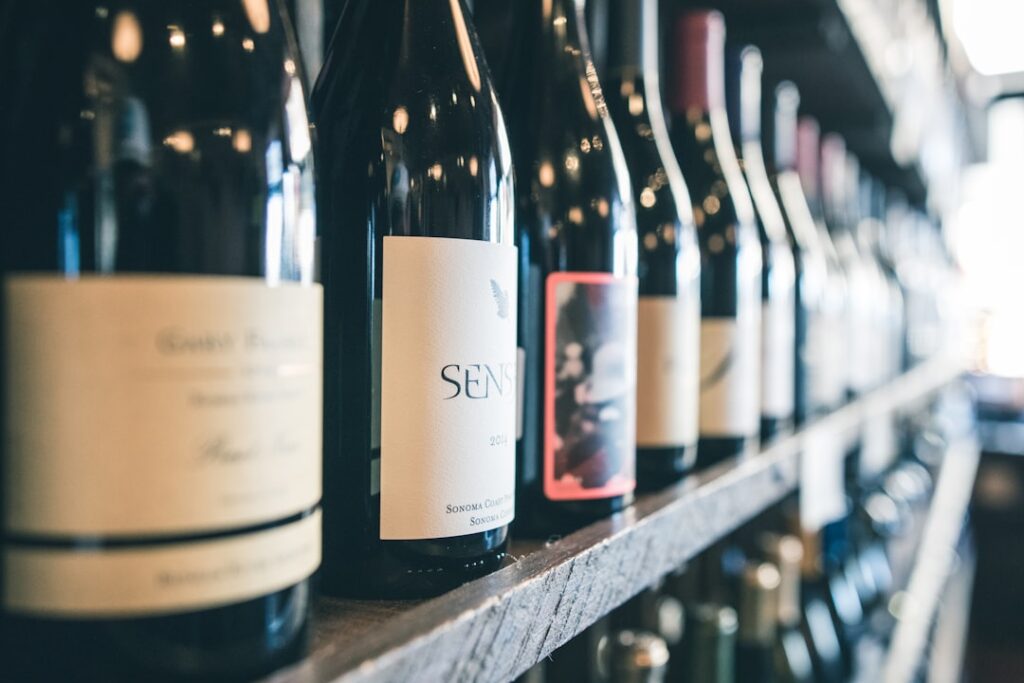
The impact of proper lighting on wine aging and preservation cannot be overstated. Wines are sensitive products that require specific conditions to develop their full potential over time. Exposure to inappropriate lighting conditions can lead to accelerated aging processes that compromise flavor profiles and aromas.
By ensuring that your wine storage area is equipped with suitable lighting solutions, you are taking proactive steps toward preserving the integrity of your collection. Moreover, proper lighting contributes not only to preservation but also enhances the overall enjoyment of wine tasting experiences. When wines are stored under optimal conditions—both in terms of temperature and light—they are more likely to express their intended characteristics when opened.
This means that investing time and resources into creating an ideal lighting environment pays off in terms of both quality and enjoyment for any wine enthusiast or collector. In conclusion, understanding the importance of proper lighting in wine storage is essential for anyone looking to maintain their collection’s quality over time. By selecting appropriate lighting options, positioning them thoughtfully, and maintaining ideal conditions, you can ensure that your wines age gracefully while also creating an inviting atmosphere for showcasing your collection.
FAQs
What is high-intensity display lighting?
High-intensity display lighting refers to lighting systems that produce a high level of brightness and illumination, often used for showcasing products in retail environments.
How does high-intensity display lighting affect wine?
High-intensity display lighting can produce heat, which may negatively impact the quality of wine by causing it to age prematurely or altering its flavor profile.
What are the potential risks of using high-intensity display lighting for wine storage?
The potential risks of using high-intensity display lighting for wine storage include heat damage, accelerated aging, and degradation of the wine’s characteristics.
What are some solutions for using high-intensity display lighting without negatively impacting wine?
Some solutions for using high-intensity display lighting without negatively impacting wine include using LED lighting, implementing UV filters, and controlling the temperature of the lighting system.
How can LED lighting be beneficial for wine storage and display?
LED lighting can be beneficial for wine storage and display as it produces minimal heat, emits little to no UV radiation, and can be customized to create the ideal lighting environment for showcasing wine.
